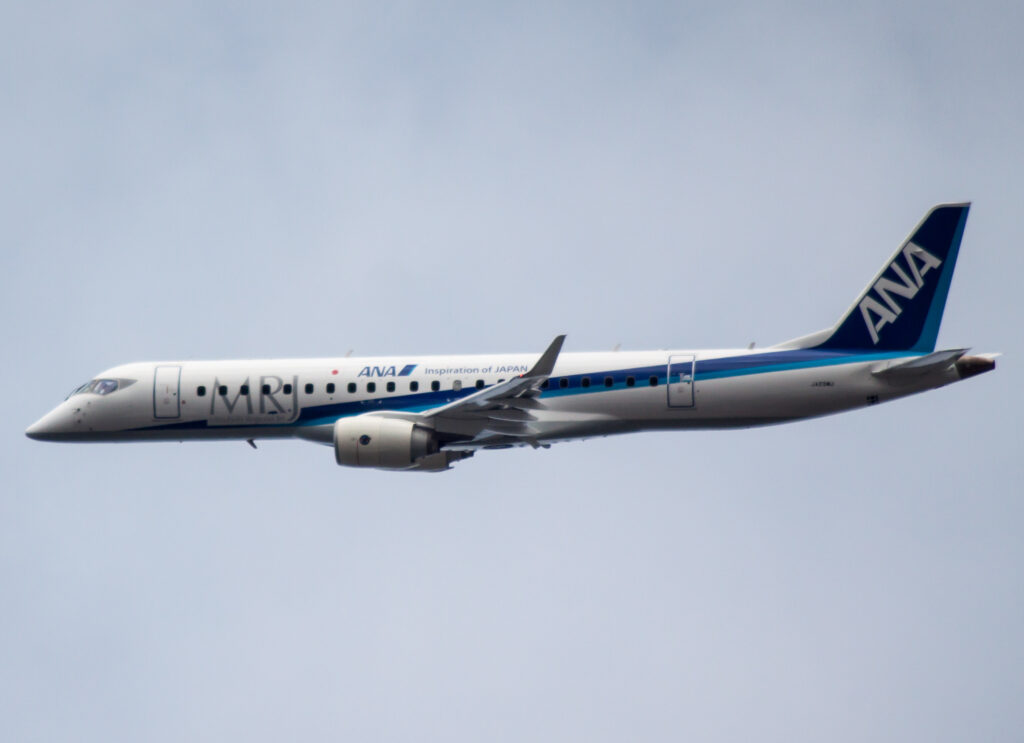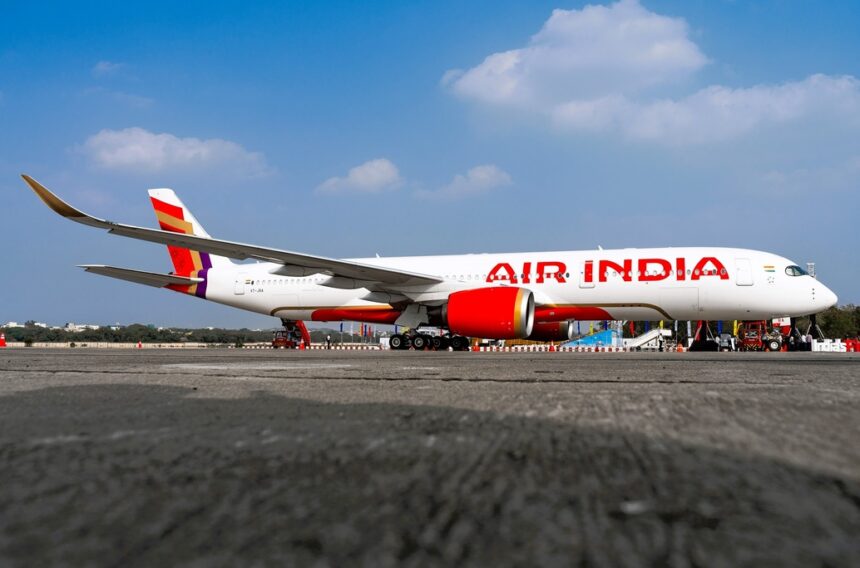LONDON – As we say farewell to the Mitsubishi SpaceJet program that was discontinued this week, we ask the following question: Why did it fail?
Following its paused activities, Mitsubishi put the final nail in the coffin to the SpaceJet program, by cutting its losses following an unsuccessful commercial entry attempt.
We will take a look at this week’s recent announcement, and what this will mean for Mitsubishi moving forward.
Mitsubishi’s Announcement on SpaceJet In Detail…
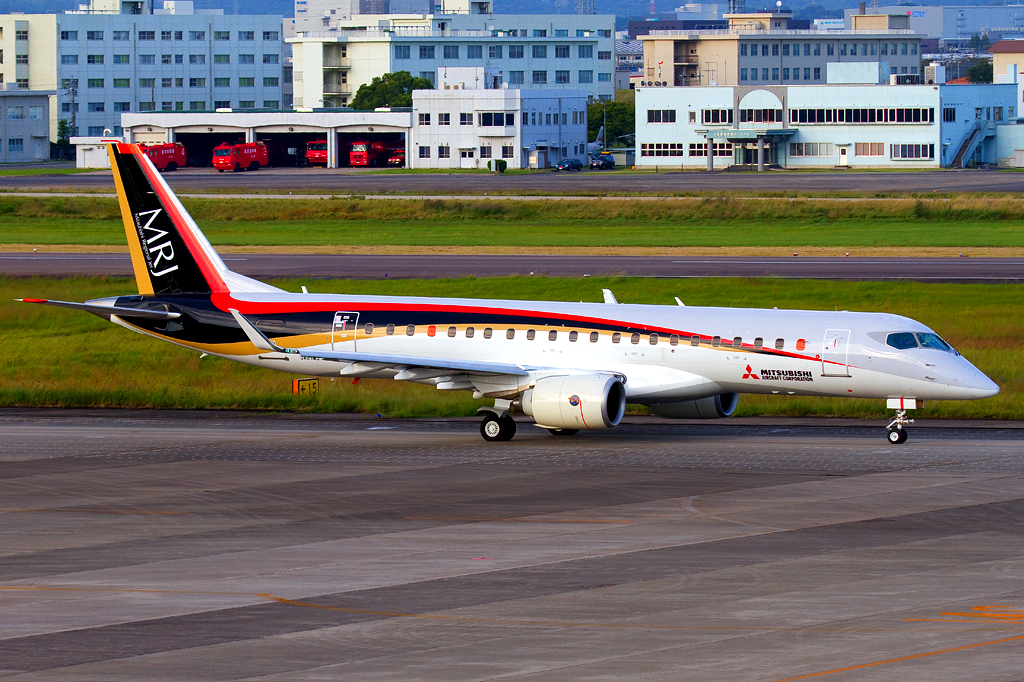
Via its financial results released this week, the Japanese company went into the detail surrounding the scrapping of the MRJ program.
Mitsubishi didn’t hold back in discussing its failures on this topic, with the manufacturer stating the following lessons learned from the SpaceJet program:
- Insufficient initial understanding of highly complex type certification process for commercial aircraft.
- Insufficient resources to continue long-term development.
As well as this, Mitsubishi went into detail on why they chose to discontinue the program in the first place:
- Technology
- Partial revisions needed due to prolonged development.
- Decarbonization solutions also required.
- Product
- Difficult to obtain understanding and necessary cooperation from global partners
- Customer
- Little progress on scope clause (conditions related to aircraft number and size
included in airline-labor union agreements) relaxation resulted in M90’s not meeting
North American RJ market needs. - Recent pilot shortages also adding to uncertainty of SJ business viability.
- Little progress on scope clause (conditions related to aircraft number and size
- Funding
- Further extensive funding required to continue Type Certification acquisition process.
- Business not feasible in the market environment described above.
Was The Mitsubishi SpaceJet Program A Complete Waste of Money?
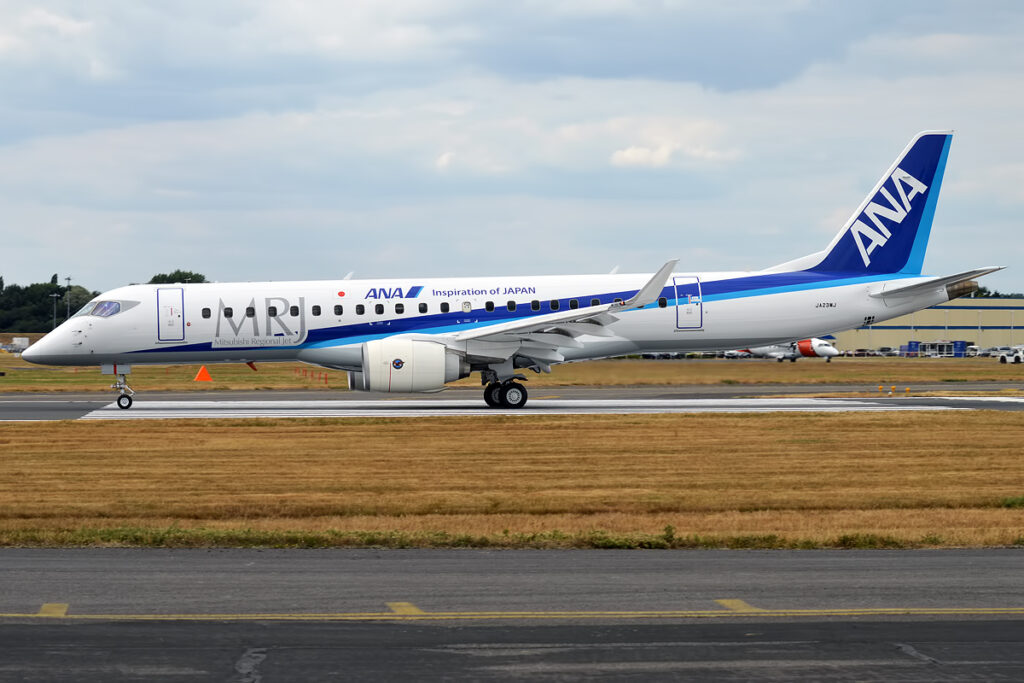
The short answer is not necessarily. Mitsubishi did also detail what learnings and expertise they have taken from the SpaceJet program, and will incorporate this into the following projects:
- Continue OEM business with CRJ Program
- Deepen partnerships with global OEMs
- Consider next-generation technologies with eye toward aircraft development programs
- Apply knowledge and experience to F-X (next-generation fighter) Program
- Utilize SJ facilities and equipment in Aichi Prefecture
Whilst the Japanese company spent $7.58bn on the SpaceJet program, Mitsubishi has been able to salvage some learnings.
However, there has been substantial wastage caused by delays to the program, with its first flight supposed to be in 2013 instead of when it was in 2015.
If Mitsubishi had launched the SpaceJet program properly in 2013, then it could have become a contender to Airbus’ A220 family and Embraer’s E2 family respectively.
On top of this, Mitsubishi’s reluctance to hire talent from overseas also hampered any progress made within that program.
Other manufacturers such as Airbus & Boeing hire external talent overseas, and has helped produce the success stories seen to this day.
Overall…
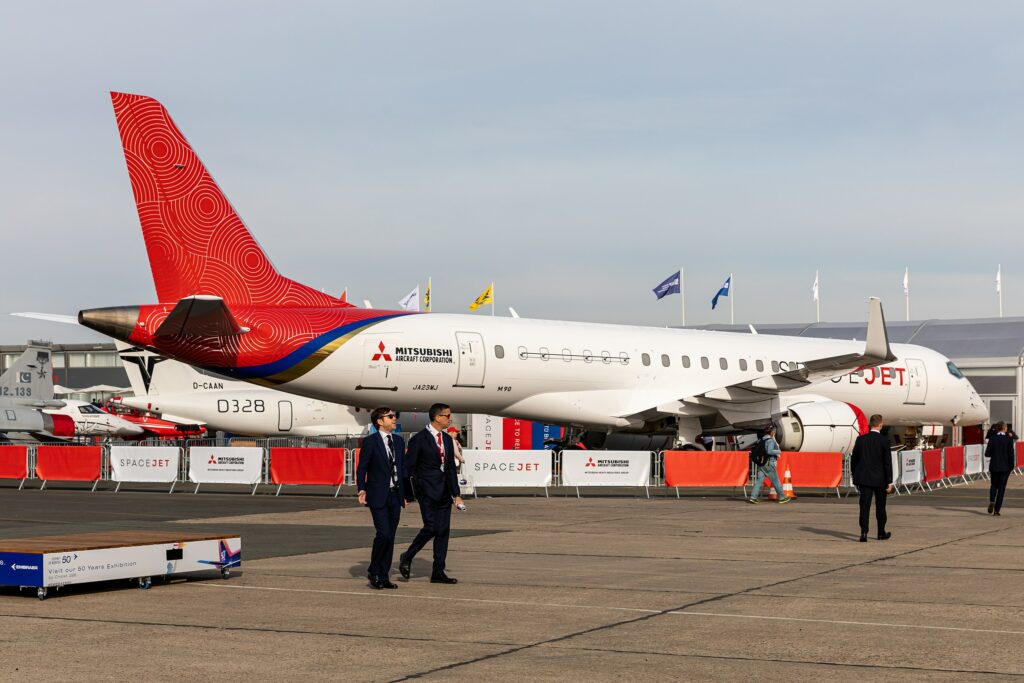
It remains clear that the Mitsubishi SpaceJet program failed for multiple reasons, which the Japanese manufacturer couldn’t get much of a grasp of. From there, it snowballed.
The only consolation to the $7.58bn black hole caused by the discontinuation of the project is that they can use their learnings for future aviation-based programs in the future.
Will Mitsubishi ever make a return to the commercial airliner scene? Who knows? But one thing is for certain: They cannot make the same mistake again if they do.





